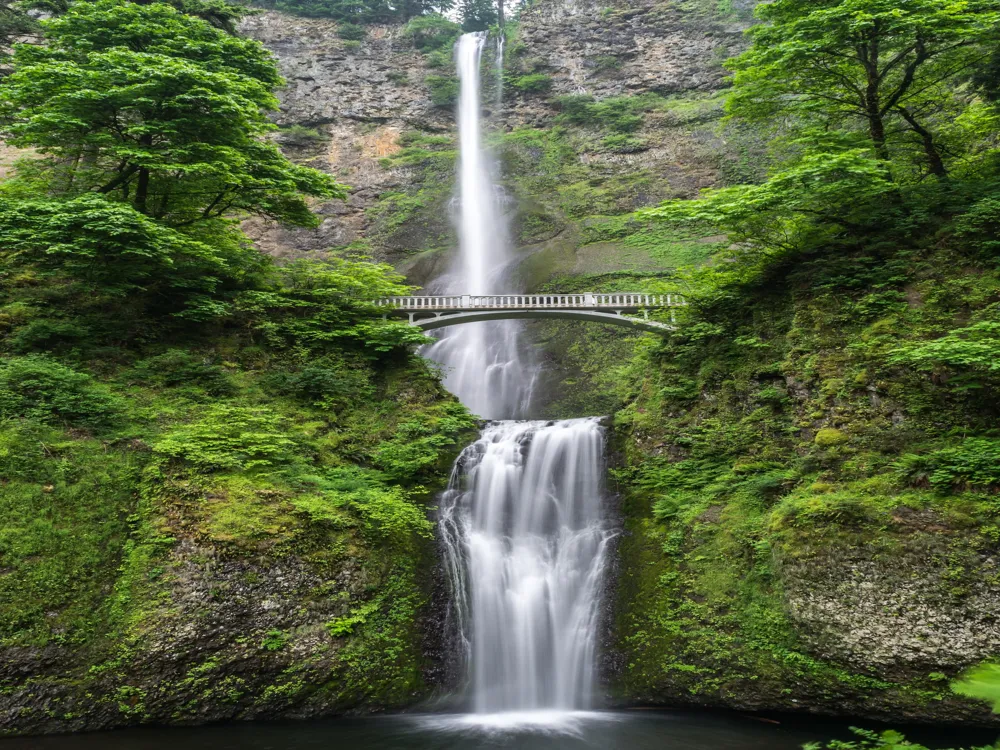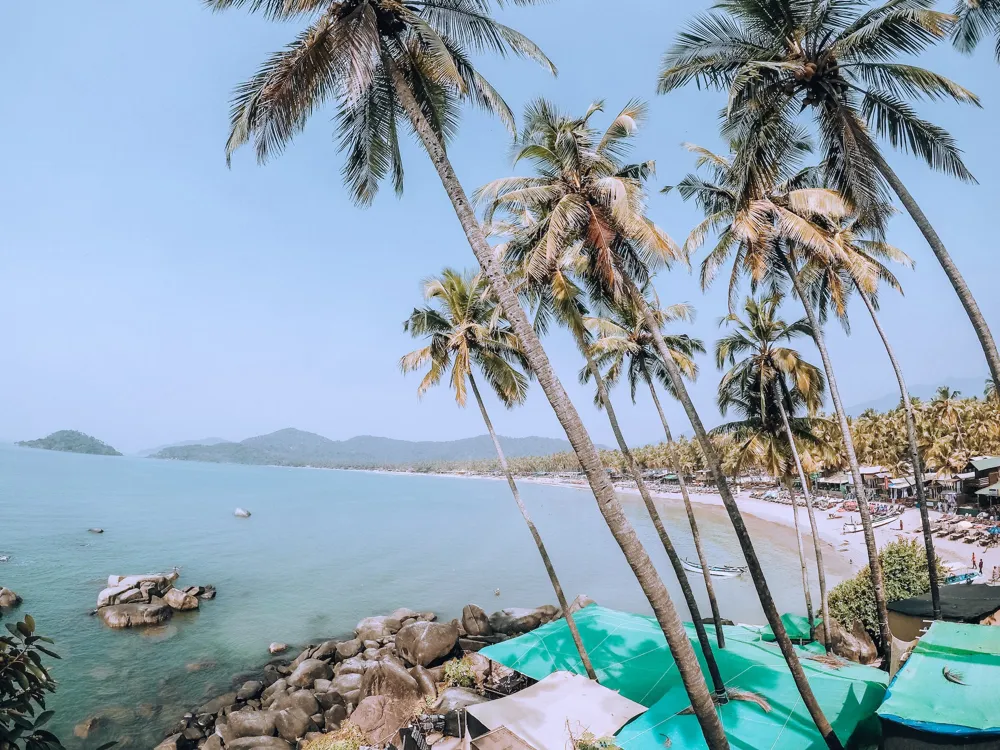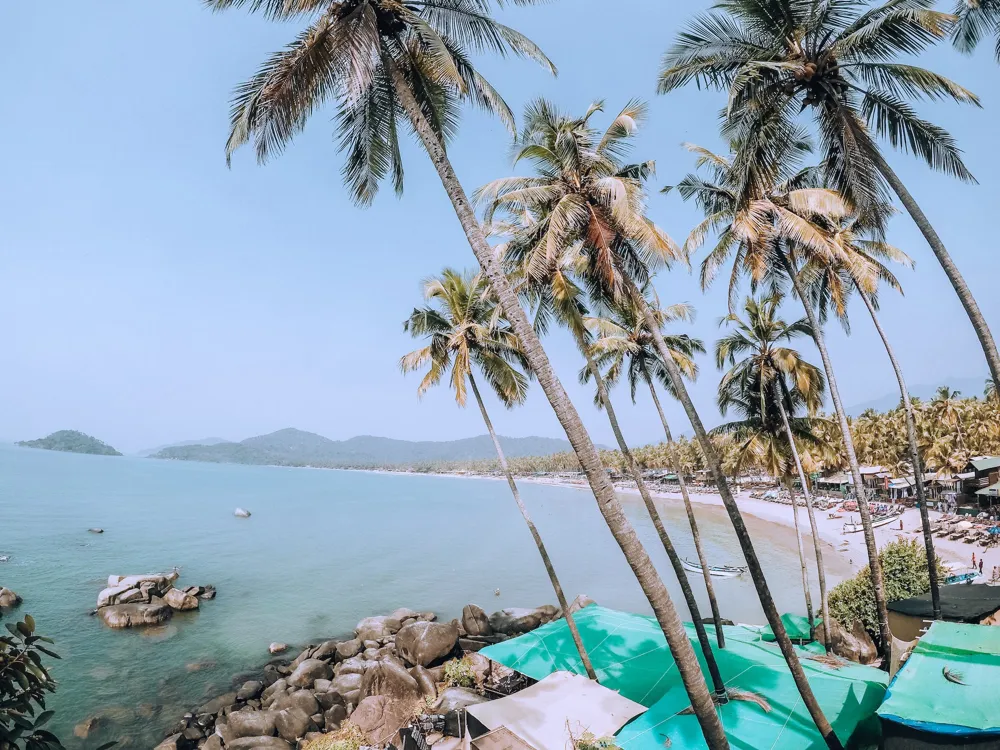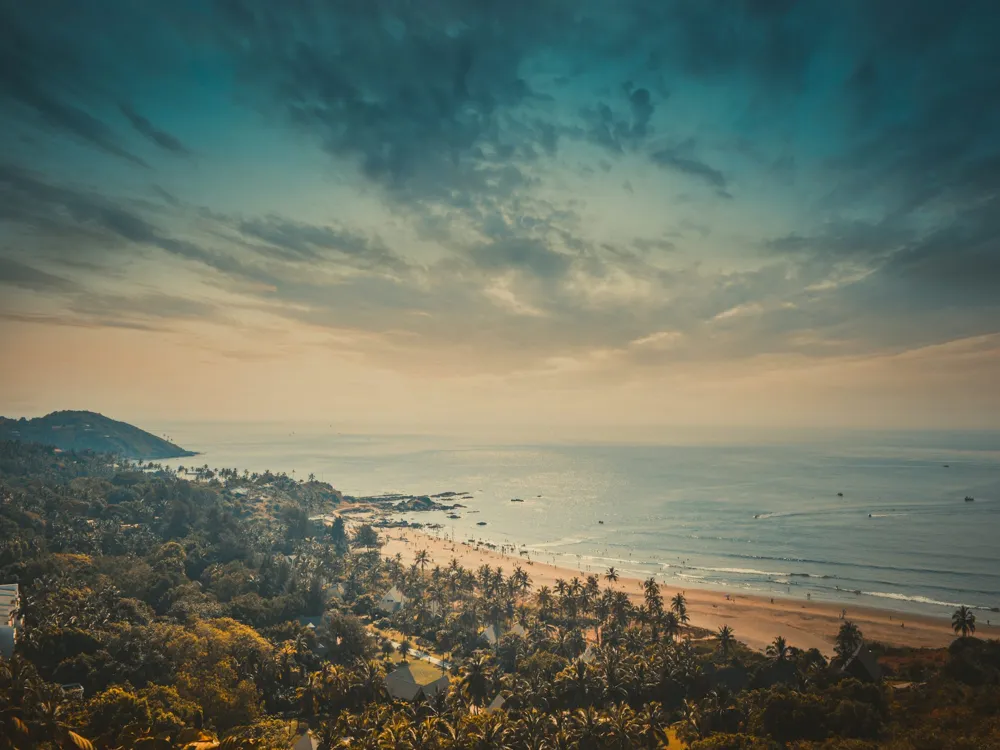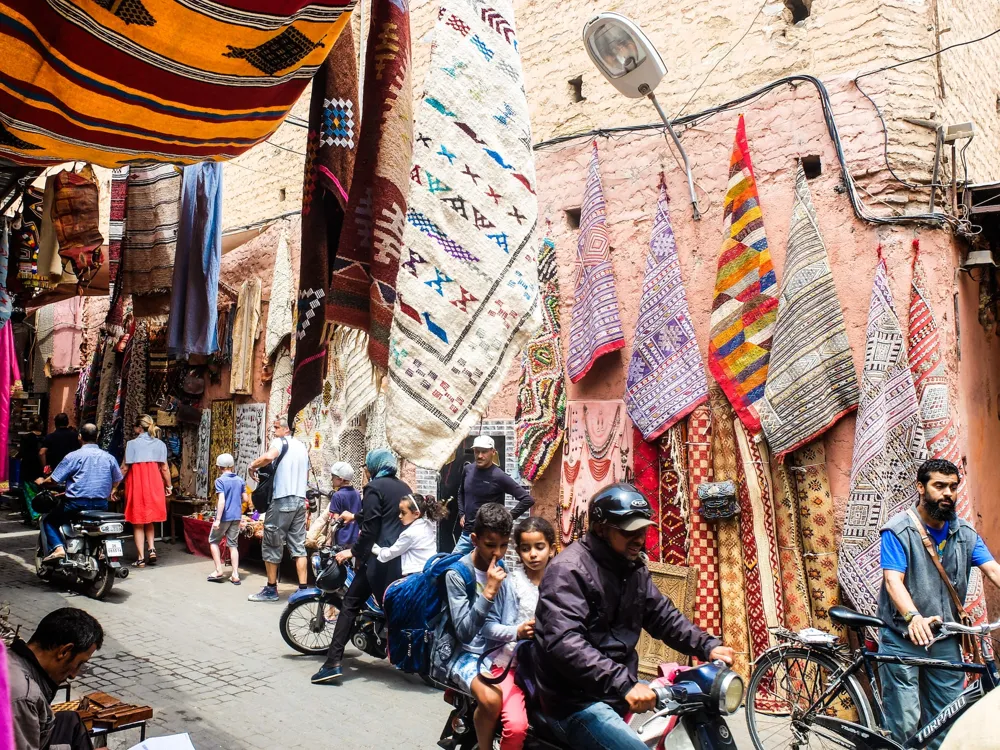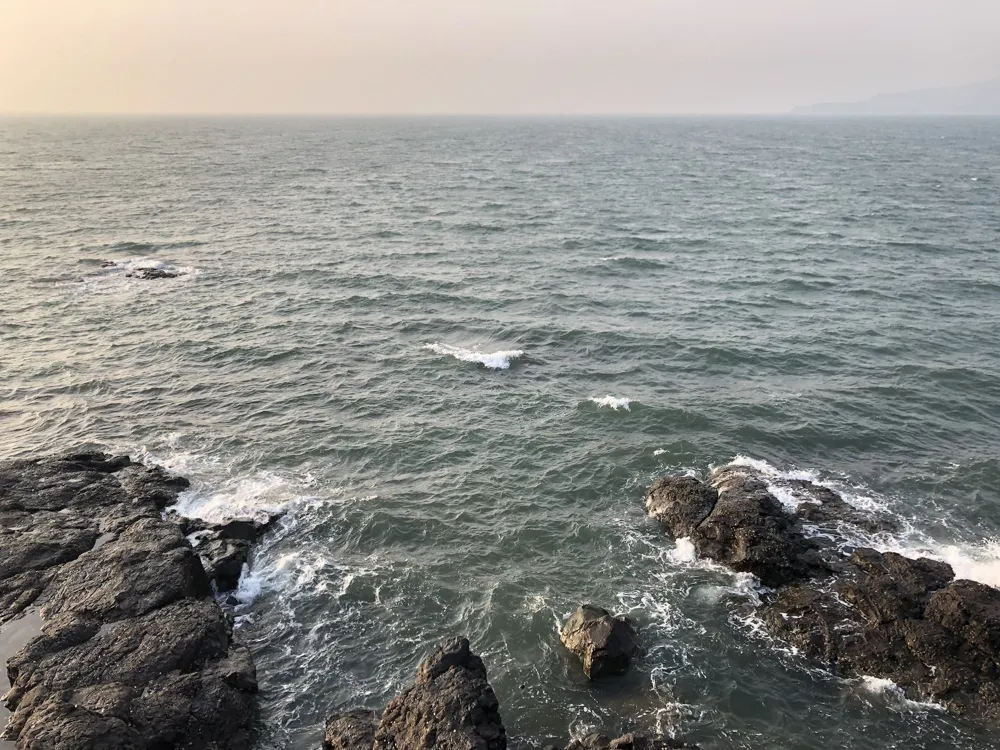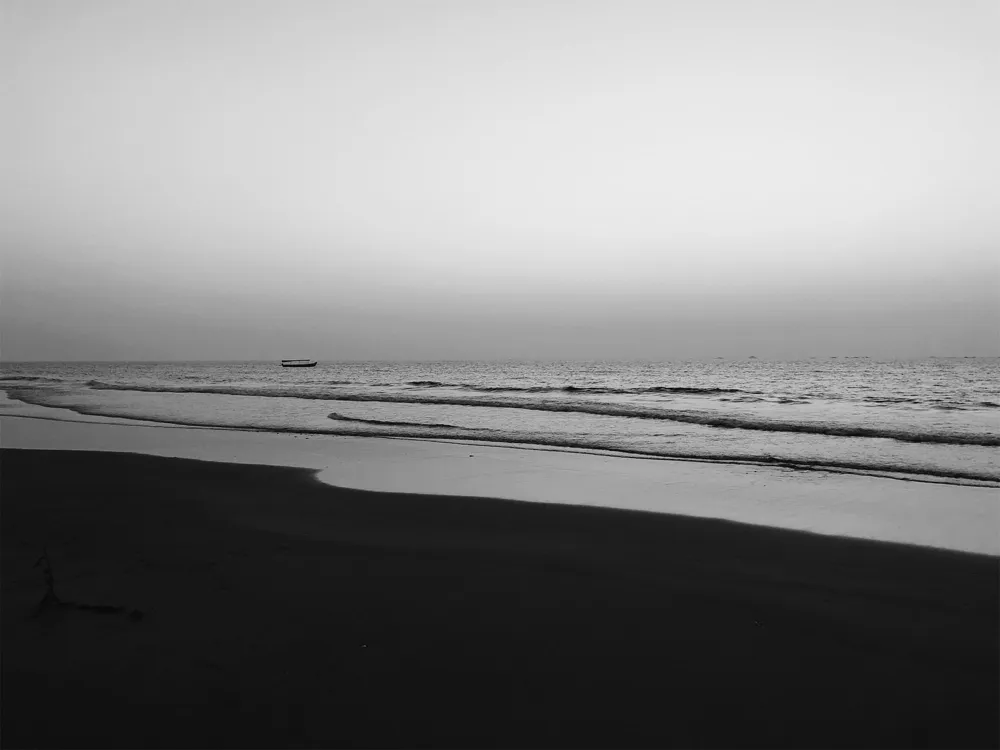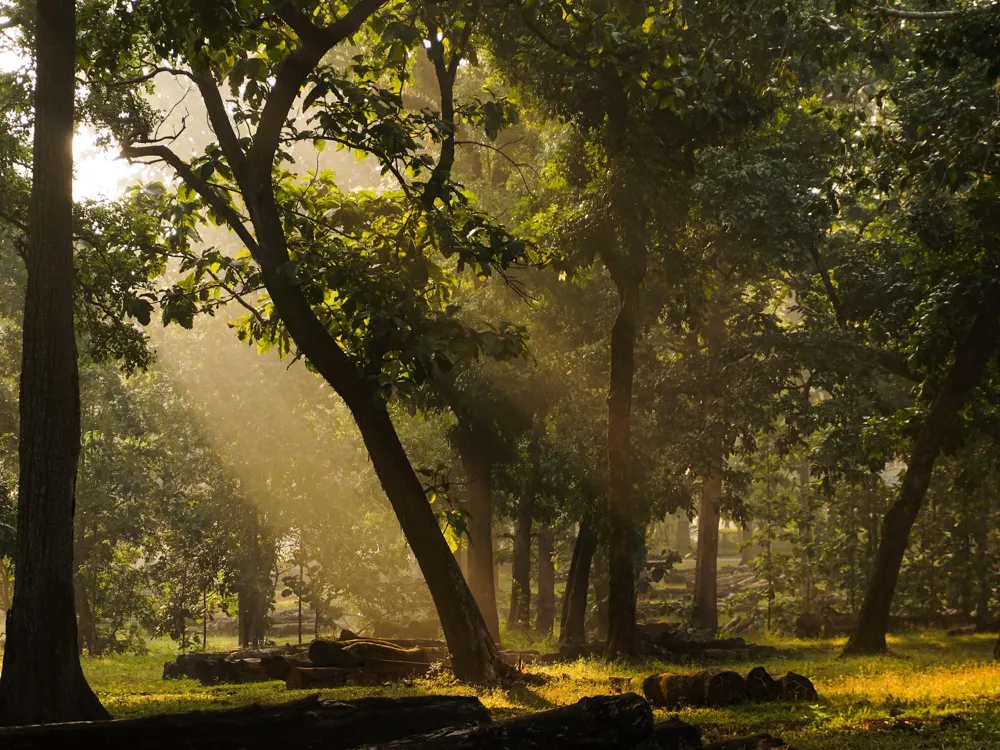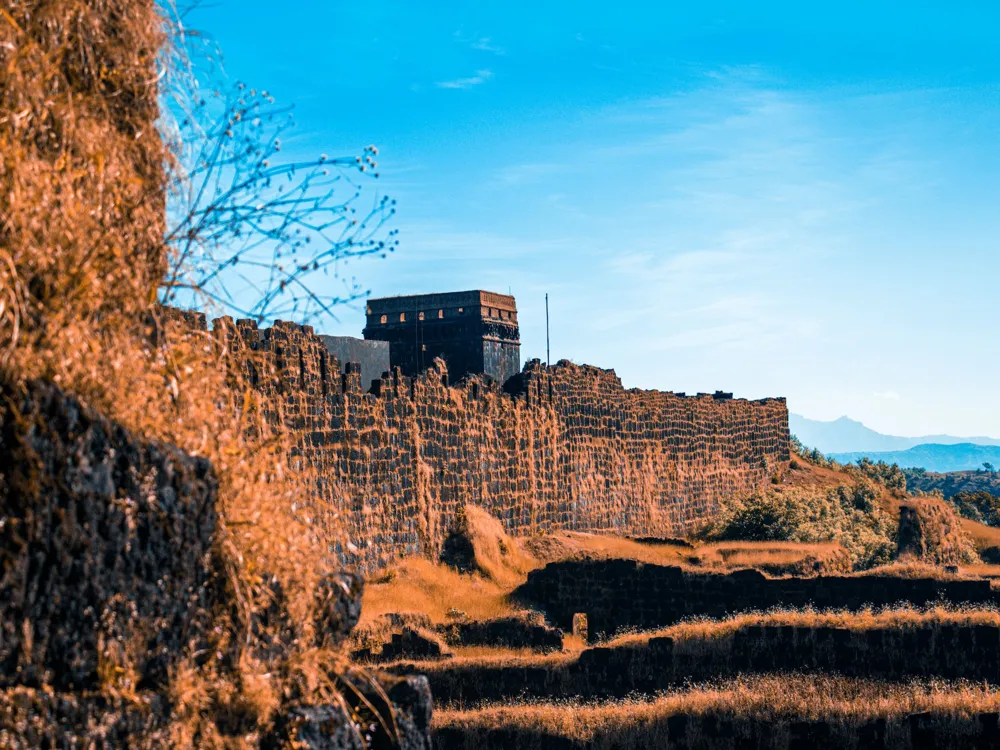Goa, a small yet stunning state in western India, is a symphony of natural beauty, historical richness, and vibrant culture. Known for its picturesque beaches, it stretches along the Arabian Sea, offering an idyllic tropical retreat. Goa's history is as colorful as its landscape, with a past that interweaves the legacy of the Portuguese colonial era with ancient Indian traditions. The state's unique charm lies in its ability to blend old-world European architecture with the laid-back, tropical lifestyle of the Indian coast.
The Goan landscape is a diverse tapestry of lush green hills, serene rivers, and rich flora and fauna, making it a haven for nature enthusiasts. The state's coastline, dotted with numerous beaches, ranges from bustling hotspots like Calangute and Baga to tranquil havens like Agonda and Palolem. Each beach has its own personality, offering something for everyone - from thrilling water sports to serene sunsets.
Goa's cultural tapestry is vibrant and diverse, influenced by its history of Portuguese rule. This influence is evident in the state's cuisine, festivals, music, and dance. Goan cuisine, a flavorful blend of Indian and Portuguese flavors, is renowned for its seafood and spicy curries. The state's calendar is packed with colorful festivals, including the famous Carnival and the feast of St. Francis Xavier, which draw visitors from all over the world.
Beyond the beaches, Goa's hinterlands are a treasure trove of natural beauty and cultural richness. The state's wildlife sanctuaries, such as the Bhagwan Mahavir Wildlife Sanctuary and the Salim Ali Bird Sanctuary, offer a glimpse into the region's diverse fauna. The spice plantations and traditional villages provide a deeper understanding of Goan rural life and agricultural practices.
Goa's economic landscape is a mix of traditional industries like fishing and farming and modern sectors like tourism and mining. The state's economy has witnessed significant growth, propelled by the influx of domestic and international tourists attracted to its natural beauty, cultural richness, and vibrant nightlife.
In conclusion, Goa is more than just a beach destination. It is a land of contrasts and confluences, where the old and the new coexist in harmony. Its natural beauty, rich history, diverse culture, and warm hospitality make it a must-visit destination for travelers seeking a unique and memorable experience.
Goa's architecture is a fascinating amalgamation of Indian and Portuguese influences, reflecting the state's rich historical and cultural tapestry. The architectural landscape of Goa is characterized by grand churches, ancient temples, majestic forts, and charming villas, each telling a story of the state's past.
The Portuguese influence on Goan architecture is most prominent in its churches and cathedrals, built during the colonial era. These structures are notable for their baroque and rococo styles, with intricate facades, grand altars, and exquisite artworks. The Basilica of Bom Jesus, housing the mortal remains of St. Francis Xavier, is a UNESCO World Heritage Site and a prime example of baroque architecture. The Se Cathedral, with its imposing structure and magnificent interior, is another architectural marvel of this era.
Alongside the churches, Goa's temples offer a glimpse into the region's Hindu architectural heritage. These temples, like the Shanta Durga Temple and the Mangueshi Temple, are known for their distinctive Goan style, combining elements of Hindu, Islamic, and Portuguese designs. The temples are adorned with intricate carvings, colorful murals, and ornate pillars, embodying the syncretic nature of Goan culture.
The forts of Goa, such as the Aguada Fort and Chapora Fort, are significant historical landmarks. Built by the Portuguese to defend their territory, these forts offer panoramic views of the surrounding landscape and the Arabian Sea. They showcase military architectural techniques of the time and have become popular tourist attractions.
Goan houses, particularly in the old Latin Quarter of Panjim, Fontainhas, exhibit a unique blend of Indian and Portuguese architectural styles. These homes are characterized by bright colors, tiled roofs, and ornamental balconies. The use of oyster shells in windows, a technique borrowed from the Portuguese, is a distinctive feature of Goan homes.
In conclusion, the architecture of Goa is a testament to its multicultural past. The fusion of eastern and western architectural styles creates a unique visual landscape that reflects the state's history and cultural diversity. Exploring Goa's architectural heritage offers an insightful journey into its past, making it an integral part of the Goan experience.
The ideal time to visit Goa is from November to February. During these months, the weather is pleasant, with cooler temperatures and lower humidity, making it perfect for beach activities and sightseeing. This period also coincides with several festivals and events, adding to the charm of the visit.
Goa has a range of transportation options, including buses, taxis, and motorbike rentals. Renting a scooter or a motorbike is a popular and convenient way to explore the state at your own pace. However, always wear a helmet and carry your driving license.
Goa offers a variety of accommodation options, from luxury resorts to budget hostels. For a more authentic experience, consider staying in a traditional Goan villa or a beach hut. Booking in advance is recommended, especially during peak season.
Goan cuisine is a must-try, with its blend of Indian and Portuguese flavors. Seafood is a staple, and dishes like fish curry, prawn balchão, and bebinca are not to be missed. Also, sample the local cashew feni, a popular alcoholic beverage.
When visiting religious sites, dress modestly and remove your shoes before entering. Respect local customs and traditions, and be mindful of noise levels, especially in quieter, rural areas.
Goa is well-connected by air, road, and rail. The state's main airport, Dabolim Airport, is serviced by several domestic and international flights. For those preferring to travel by train, Goa has several railway stations, with Madgaon and Thivim being the major ones. Additionally, a network of national and state highways connects Goa with neighboring states, making road trips a viable option.
Overview of Goa
Architecture of Goa
Tips When Visiting Goa
Best Time to Visit
Transportation Tips
Accommodation Choices
Local Cuisine
Cultural Etiquette
How To Reach Goa
Church of St. Cajetan
Goa
NaN onwards
View goa Packages
Weather :
Tags : Church & Cathedral
Timings : 9:00 AM - 12:00 PM, 4:00 PM - 7:00 PM
Time Required : Around 1 hour
Entry Fee : Free
Planning a Trip? Ask Your Question
Goa Travel Packages
View All Packages For Goa
Top Hotel Collections for Goa

Private Pool

Luxury Hotels

5-Star Hotels

Pet Friendly
Top Hotels Near Goa
Other Top Ranking Places In Goa
View All Places To Visit In goa
View goa Packages
Weather :
Tags : Church & Cathedral
Timings : 9:00 AM - 12:00 PM, 4:00 PM - 7:00 PM
Time Required : Around 1 hour
Entry Fee : Free
Planning a Trip? Ask Your Question
Goa Travel Packages
View All Packages For Goa
Top Hotel Collections for Goa

Private Pool

Luxury Hotels

5-Star Hotels

Pet Friendly







